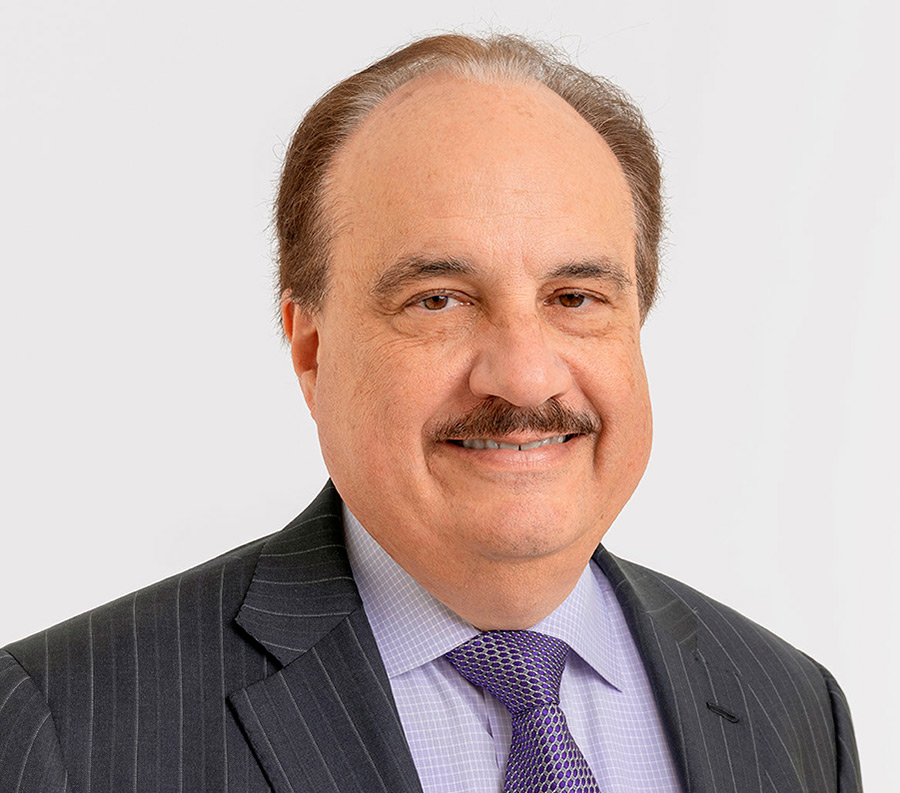For Teladoc CEO Jason Gorevic, the demand curve for telehealth didn’t have an inflection point. It skipped over the inflection point and the whole demand curve shifted up.
For a decade, Gorevic said people would ask him about the inflection point for telehealth. When was it going to happen? For whatever reason, consumers weren’t taking to the technology. But thanks to COVID-19, they have no choice. He said that 60% of Teladoc’s consumers today are new to virtual visits. In mid-March, the company saw a 50% surge in usage—and it’s only gone up from there. What’s more, people are relying on telehealth in all areas of care.
“We have seen a dramatic increase in dermatology cases coming to us because all the dermatologist’s offices are closed and nobody wants to go to into a dermatologist office right now. Our mental health care services are surging because people are scared, anxiety is increasing, depression is increasing, people are worried about job security and things like that. It’s really across the full spectrum of care that we deliver that we’re seeing an increase,” Gorevic said at the Health Evolution Pandemic Response Virtual Gathering.
Access On Demand: 2020 Pandemic Response Virtual Gathering
Gorevic was joined by CVS Health CEO Larry Merlo, Google Health VP David Feinberg, MD, and Cambia CEO and President Mark Ganz for the discussion, “Changing Public Behavior: Pandemic Education and Communication.” The four health care leaders found that in some ways, they have been preparing for this type of moment for the last decade, whether it’s investments in technology, consumerism or attempts to increase access to care.
“We’ve got to find a silver lining here. This has moved people to getting care online and in ways that are more convenient. And that’s something all of us have been working on for a long time,” said Feinberg.
“The only victor in war is medicine. We’re in a war right now. It happens to be with a virus, but the victor in this could be medicine because we are able to do things, such as having doctors be licensed across state lines, that we’ve spent years trying to do. This disaster allowed us to get that taken care of. We keep thinking about what’s the future and what are the tools we can build to help these incredible providers take care of people in a better way,” he added.
Data and analytics investments
Merlo said the company’s investments into analytics have helped them with supply chain management for both front-of-the-store and pharmacy inventories. Also, thanks to its merger with Aetna, it can identify a member’s “next-best” action based on their individual needs and requirements. These predictive analytics allow CVS Health to be more proactive in not only helping these members achieve better outcomes, but in the face of COVID-19, also contacting them at home to make sure they’re being taken care of in terms of medication and social determinants.











